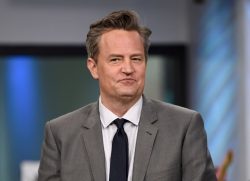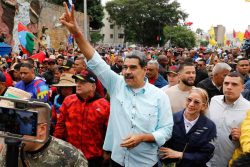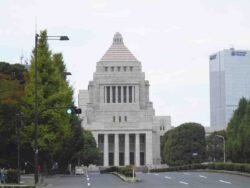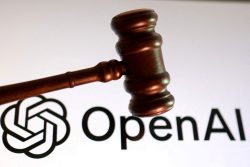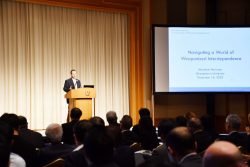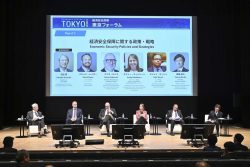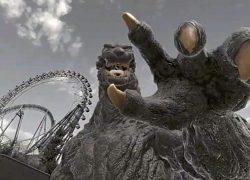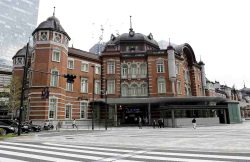China Emerged from ‘Zero-COVID’ in 2023 to Confront New Challenges in a Changed World
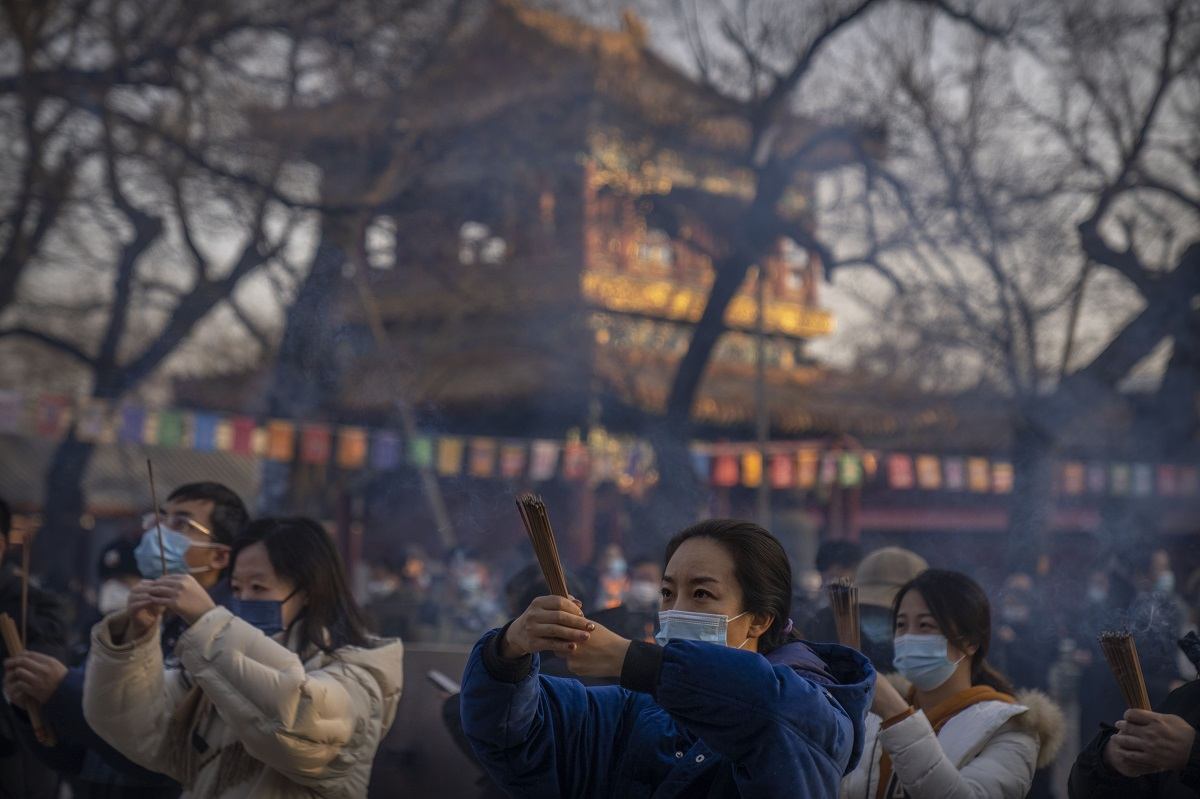
Visitors burn incense as they pray on the first day of the Lunar New Year holiday at the Lama Temple in Beijing on Jan. 22, 2023.
12:25 JST, December 21, 2023
BEIJING (AP) — China’s prospects for 2024 look uncertain, as a year that opened free of COVID-19 lockdowns winds down without the dreamed of robust recovery for the world’s No. 2 economy.
The wars in Gaza and Ukraine are straining China’s ties with the West. A U.S.-China leaders’ summit helped get relations back on track, but also clearly defined the stark divide between the two global powers. To counter a U.S.-led world order, China is pushing alternative visions for global security and development whose prospects depend partly on restoring its own economic vitality.
Pandemic-related restrictions ended, China still faces long-term, fundamental challenges: a falling birthrate and aging population — India surpassed it as the world’s largest country in April — and its rivalry with the United States over technology, Taiwan and control of the high seas. Another: to balance the ruling Communist Party’s tightening grip on myriad aspects of life with the flexibility needed to keep the economy dynamic and growing.
“This year started on a such optimistic note,” said Wang Xiangwei, a China expert and former editor-in-chief of the South China Morning Post newspaper. “And now (as) we are ending 2023, I think people are getting more worried about what … will be in store” for next year.
A WINTER OF HOPE
As China’s mask and testing requirements faded, for the first time in three years crowds thronged temples and parks last January for the Lunar New Year.
“Life is returning to normal,” said Zhang Yiwen, visiting a historic Beijing district bustling with tourists. “I look forward to seeing how the economy grows in the new year and what the country can accomplish in the international market.”
Hopes for warming ties with Washington were dashed with the shooting down of an apparently off-course Chinese balloon that drifted over the United States in February. Secretary of State Antony Blinken canceled a trip to Beijing. A month later during the annual session of the largely ceremonial legislature, Chinese leader Xi Jinping accused the U.S. of seeking to isolate and “contain” China.
But China’s re-opening brought a parade of foreign leaders to Beijing as it strengthened links with the Mideast and other developing regions and showed support for Russia, and set about mending relations with Europe, the U.S. and Australia.
China raised its international profile when Saudi Arabia and Iran reached an agreement in Beijing to reestablish diplomatic relations. Shi Shusi, a regular analyst on Chinese TV, highlighted China’s capacity to play a diplomatic role in the developing world.
“China has traditional friendships with these countries,” Shi said. “If we provide some assistance and strengthen cooperation … it seems to be a realistic solution for China to participate in the game of great powers and in global governance.”
During the National Congress, Premier Li Keqiang announced an economic growth target of around 5% for the year. But Li, who died in October, was on his way out, replaced by close associates of Xi as he further consolidated his hold on power.
SPRING’S ELECTRIC VEHICLE SURPRISE
China’s economic rebound was short-lived, though the Shanghai auto show showcased one gleaming bright spot: electric vehicles. Exports of EVs have soared, to the extent that by September, the European Union launched a trade investigation into Chinese subsides to EV makers.
“The EV market is getting better year by year, even though the overall economy is not promising,” said Li Jing, a salesperson at a small electric car dealer in Wuwei, a city of 1.2 million people in eastern China’s Anhui province.
Li said his pay remained steady through the pandemic. Still, he was putting off plans to buy an apartment, expecting housing prices to fall amid a real estate crisis that has many Chinese cutting back on spending, hobbling efforts to tap consumer demand to drive economic growth.
A SUMMER OF ECONOMIC DOLDRUMS
Blinken made his balloon-delayed trip to Beijing, followed by visits by U.S. Treasury Secretary Janet Yellen, climate envoy John Kerry and then Commerce Secretary Gina Raimondo.
Meanwhile, the economy was slowing as growing numbers of property developers defaulted on debts, caught short in a crackdown on excessive borrowing that began in 2020 and has hamstrung the entire industry. The jobless rate among young Chinese surged to about one-in-five, leading the government to stop publishing that data.
“Life hasn’t returned to how it was before the pandemic,” said Liu Qingyu, a young worker in Shanghai’s financial sector who was hoping for more opportunities but instead is fretting over layoffs at her company.
When the Zhongzhi Enterprise Group missed payments to investors, worries deepened that the real estate meltdown could spread into a financial crisis. The government began loosening restrictions on lending for home purchases and stepped up spending on construction, though housing prices kept falling.
“I think in July, the Chinese leadership realized that the economy … was in more serious trouble than (they had) expected,” Wang said. “So they started to pump more money into the economy. But all those measures were considered incremental.”
Small business owners like Dong Jun cut costs to avoid going into the red. Orders were less than half the pre-pandemic level, he said.
Stewed meat maker Xinyang Food Co. laid off more than a dozen employees, reducing its workforce to 20. “We are afraid of losing money,” said Gao Weiping, a co-owner and manager.
AUTUMN’S CHALLENGES
Relations with the United States warmed further in the fall, though fundamental differences over technology and territorial disputes remain.
Visits by Philadelphia Orchestra members, the American Ballet Theatre, American World War II veterans and California Gov. Gavin Newsom set a friendly tone ahead of a November meeting in San Francisco between Xi and U.S. President Joe Biden.
“China has not treated its customers very well over the past five years because of geopolitical tensions,” Wang said, referring to the American, European and other export markets. “Now, China wants to focus on growing the economy. So China will have to make nice with its biggest customers.”
Still, ahead of the Biden-Xi meeting, the U.S. broadened its export controls on advanced computer chips. And a collision of Chinese and Philippine ships in the South China Sea harkened to tensions that could draw the U.S. into conflict.
As the year’s end drew near, the passing of former U.S. Secretary of State Henry Kissinger underscored how times have changed. Kissinger helped engineer the normalization of China-U.S. ties in the early 1970s and had met with Xi in Beijing in August at age 100. But his was another era, when the two sides found common ground despite their disagreements.
The future will test the wisdom of both Chinese and Western leaders, Shi said.
“The future for all of us lies not in making a big fortune but in security, in the effort to … avoid global conflicts,” he said.
Li Yu just wants a job. He wound up at a day labor market in Beijing in September after his family’s restaurant in northeast China went bankrupt. He started out earning about 300 yuan ($40) for a 12-hour day as a package delivery person. By December, that had fallen almost by half.
“Honestly, all are just trying to get a job, to put food on the table.” he said, describing how people jostle for jobs and even end up in fights.
Analysts now think the government will achieve its 5% growth target but they expect a slowdown next year.
This matters not only for China’s workers but for the whole world. The U.S. economy is the foundation of America’s status as the dominant global power. Even after its auto and steelmakers faltered, Silicon Valley led the way into the 21st century.
In his second decade in power, Xi aims to restore China’s global stature. That will depend largely on the Communist Party’s capacity to overcome its many challenges in 2024 and beyond.
"News Services" POPULAR ARTICLE
-

American Playwright Jeremy O. Harris Arrested in Japan on Alleged Drug Smuggling
-

Taiwan President Shows Support for Japan in China Dispute with Sushi Lunch
-

Japan’s Nikkei Stock Average as JGB Yields, Yen Rise on Rate-Hike Bets
-

Japan’s Nikkei Stock Average Licks Wounds after Selloff Sparked by BOJ Hike Bets (UPDATE 1)
-

Japanese Bond Yields Zoom, Stocks Slide as Rate Hike Looms
JN ACCESS RANKING
-

Japan’s Hopes for Seafood Exports Shot Down in China Spat
-

Keidanren Chairman Yoshinobu Tsutsui Visits Kashiwazaki-Kariwa Nuclear Power Plant; Inspects New Emergency Safety System
-

Japan to Charge Foreigners More for Residence Permits, Looking to Align with Western Countries
-

Japan Exports Rise in October as Slump in U.S. Sales Eases
-

Govt Aims to Expand NISA Program Lineup, Abolish Age Restriction


